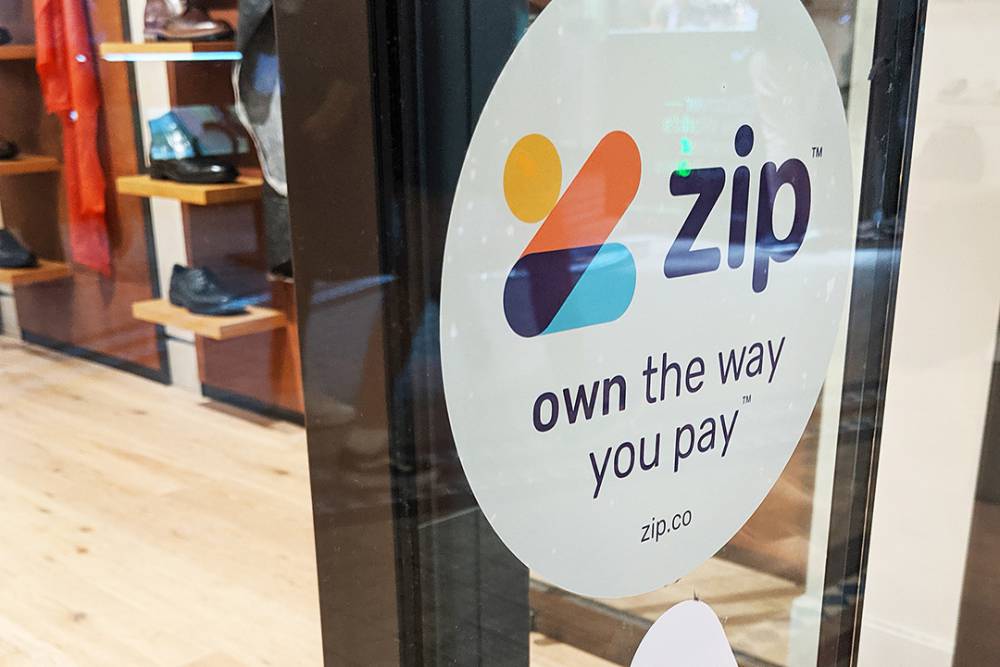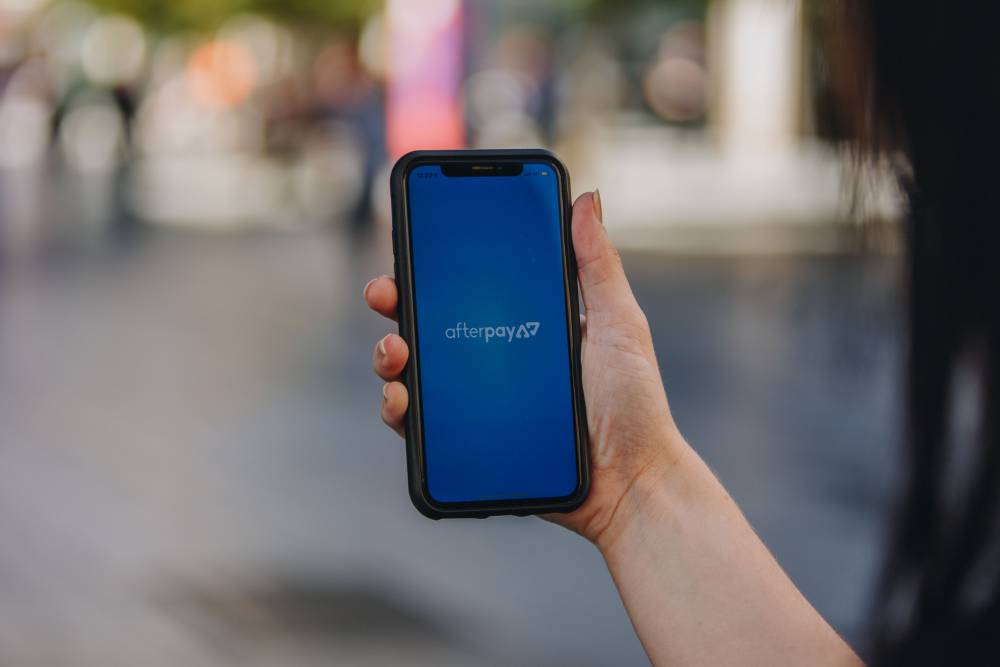Afterpay: An interactive valuation
Introduction
Wherever you see Afterpay, you often see another brand - Zip.
Zip Co (Formerly ZipMoney) is the clear number two in the BNPL space in Australia, and with their recent aquisition of US based QuadPay, the company is looking to challenge for marketshare on a global stage.
Investors know that Zip is growing fast, but that makes it hard to determine a sensible valuation.
We've set up a valuation tool in this article to help you value Zip yourself. If you are unfamiliar with how our tools work, there is a 'How it works' section at the bottom of the page. Our valuation for Zip using our base inputs is as follows:
As you keep scrolling, these numbers will pin to the top of your screen and once you start playing with the inputs, it will update in response.
The annual spend of the average Zip user
To start, let's predict the annual spend of a Zip user. We know that the longer a customer remains active with Zip, the more they are transacting through the platform, as shown in the company's annual report. This will drive the average spend per customer higher over time.
However, at the same time, new customers are being onboarded and those new customers initally transact less frequently. Therefore we have two competing drivers moving the dial on this key assumption to the valuation.
In this report, Bell Potter estimates average annual spend per customer for Afterpay at $1,580. Considering Zip as the #2 player - we've taken this assumption and dialled it all the way back to $1,000 as our base input as competition heats up in the BNPL sector.
Don't agree? Adjust our assumption here and remember to keep an eye on the valuation at the top of your screen.
Customer retention rate
For the purpose of the valuation we need to estimate how many Zip customers will be retained on average, each year.
For example, if you predicted that when Zip had 4 million customers, 3.6 million were still going to be active next year (in addition to however many new customers sign up), your retention rate input would be 3.6/4 x 100 = 90%. Bell Potter estimated Afterpay's customer retention rate at 85% in this report. We've been a little bit more conservative with Zip, and estimated it at 80%.
Predicting Zip's Future Customers
Zip finished CY20 with 5.7m users when factoring in the aquisiton of Quadpay. The company said they were onboarding appoximately 300,000 users per month to the Quadpay platform, and the Australian Zip platform grew from 2.1M users to 2.5M users for the half.
In our base growth profile, we've assumed that Quadpay and the Zip will continue to grow at their current rates. In FY21, we've assumed all other markets (UK, South Africa, NZ) will add 400,000 new users for the year. From FY22 onwards, we've assumed all other markets will add 700,000 users per year.
Accurately estimating customer growth is particularily challenging, so we've built in scenarios - allowing you to adjust the growth profile by -20%, -10%, +10% and +20% respectively. You can build your own growth profile by dragging the nodes on the chart below - the chart denotes millions of customers over time. Note that this chart is only supported in Chrome, Edge & Safari.
Summary
Originally, our base inputs had Zip Co valued at $3.63bn, or $7.0 per share. You wereYou said that Zip customers will spend
How it works
A financial model underpins this article. As you adjust the inputs provided throughout, the valuation of Zip will automatically adjust in real time.
The valuation method used is the Customer Lifetime Value (CLV) methodology - the same method that Bell Potter and Goldman Sachs are using in their reports to value Afterpay.
Put simply, this method estimates the net cashflows attributable to an average Zip customer, and then multiplies by the predicted number of customers in the future. The final step is discounting those cashflows back to now - because we are interested in the value of Zip today.
To build your valuation, you'll need to predict three key inputs:
1) The annual spend of the average Zip user
2) The annual retention rate of the average Zip user
3) How many users Zip will have in the future
Now that you know how it works, head back to the top of the page and start your analysis!
The valuation of Zip Co Ltd was derived using the Customer Lifetime Value (CLV) methodology. The CLV methodology projects the net cashflows attributable to customer, and multiplys by a predicted number of customers.
Using the inputs provided in the article and other general assumptions, 50 years of discounted cashflows were projected for Zip co.
Assumptions used in the calculation that have not been previously listed in the article include an average spend inflation rate of 3%, a discount rate of 10.1%, a gross margin of 2.1%, terminal growth rate of 2.5% and shares on issue of 552.18 million.
All enquiries to mharper@moderninvestor.com.au







